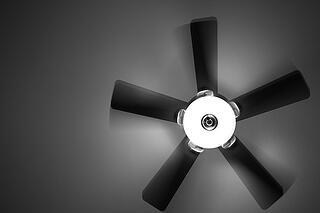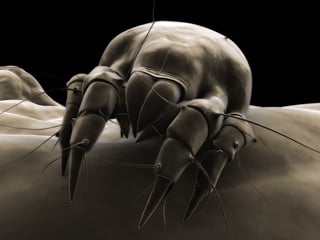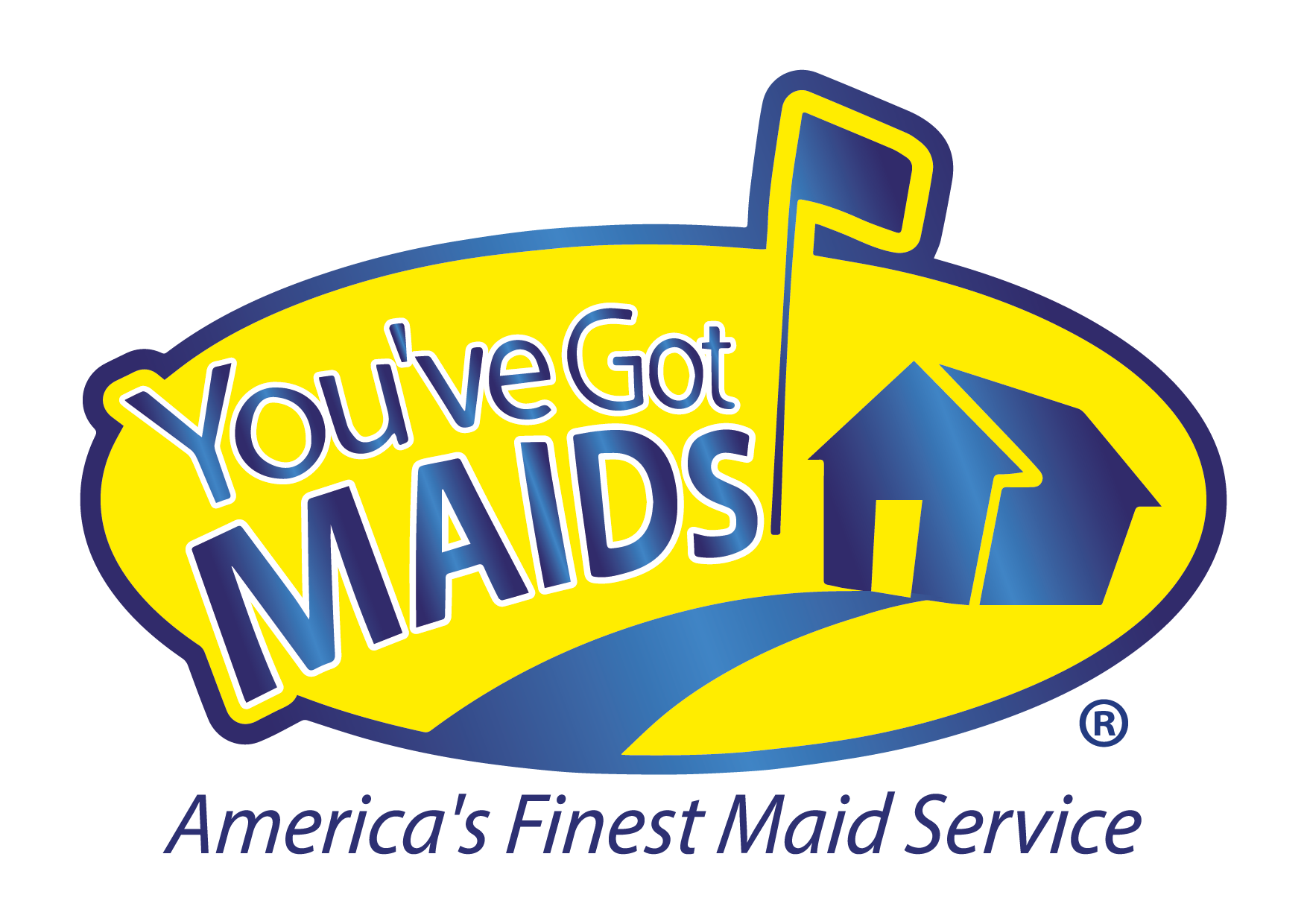
Clearing the Air - Why Cleaning your Ceiling Fans is a Must
Why do ceiling fans seem to attract dust? Doesn't the revolution of the fan blades kick off any dust that accumulates on them? Why should you make cleaning your interior fans a priority for your house cleaning efforts?
With you and your air quality in mind, You've Got Maids wants you to take your green house cleaning seriously. That process begins and ends, in our opinion with the process of cleaning dust off of ceiling fans. For us, it is one of the most applicable though widely ignored cleaning tips.
Blogger Loren Larson tackled the question for the web site Imponderables, in a blog post titled Why Do Ceiling Fans Get Dusty? You'd think that the constantly turning blades would throw off any incidental dust that accumulates on an interior fan, particularly the blades of ceiling fans, asserts Larson. But you'd be wrong. Ceiling fans seem to be dust magnets.
In her piece, Larson addresses both common misconceptions about how dust accumulates in the home and why you should make cleaning the ceiling fans in your own home a priority.
The Problem is “Skin” Deep
“Tens of thousands of human skin flakes fall off our body every minute. "Luckily" for us, there are millions of microscopic mites in our abodes, insects that dine on the skin that we shed. Your house or apartment, we say without insult, is full of dust.
In the hair-raising first chapter of the marvelous The Secret House, David Bodanis notes that tens of thousands of human skin flakes fall off our body every minute. Bodanis estimates that just within the average double bed mattress, two million dust mites live on our discarded skin and hair.
 Each mite defecates perhaps twenty times a day; their fecal pellets are so small that they float in the air, circulating around the house. Despite the millions of insects who depend upon our shedding skin for their survival, human skin and hair is by far the largest component in the dust found on ceiling fans and throughout the house.
Each mite defecates perhaps twenty times a day; their fecal pellets are so small that they float in the air, circulating around the house. Despite the millions of insects who depend upon our shedding skin for their survival, human skin and hair is by far the largest component in the dust found on ceiling fans and throughout the house.
The air always has a great deal of dust in it -- larger particles that you can see, and also microscopic ones. Over time, a large volume of the circulating air hits and collects on the blades of the fan. Most dust particles carry an electrical charge, and therefore can be attracted to one another (a dust ball is simply an accumulation of charged dust particles that have a fatal attraction).”
“Charged” Dust Particles
“The charged dust particles are attracted and cling to any surface that develops a charge. This can be electrical equipment, which directly carries electric current) or a surface subjected to frictional forces, which result in a static electricity build-up.
As the blades rotate, they experience frictional forces as they ‘rub' against the air; this knocks electrons around, causing the blades to build up a net charge. The charged dust particles then stick to the charged areas of the blades.”
The leading edge of the blades usually develops the thickest layer of dust. That's because the leading edge (the edge first cutting the air as the blade spins) encounters the most friction and develops the largest charge.”
At You've Got Maids, we dust off our clients’ ceiling fans on every single cleaning, just doing our part to improve the air our customers breathe. As part of our “52-Point Spring Clean,” our training techs use either on a two-step ladder** to reach the fan blades, or If they can't reach them safely, a pole duster.
**WARNING - Never let your independent, uninsured maids use your ladder. If they fell and hurt themselves, there would be serious liability issues. Our Clients never need to worry about our maids suing


